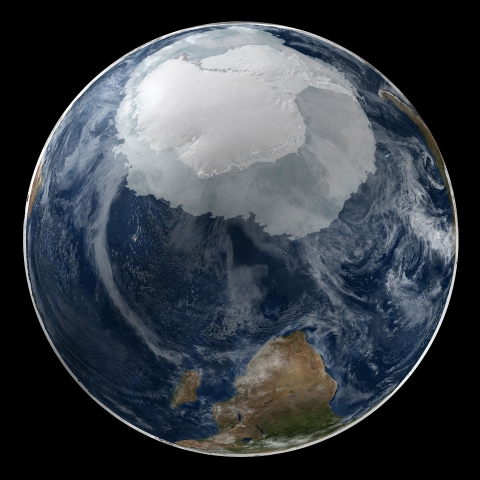
Présentation par Jan JANSEN de ses travaux sur l'Antactique : Satellites, ocean models, phytoplankton and deep-sea corals around Antarctica: A new approach to gain better insight into one of the largest, most pristine and remote environments on earth
Vendredi 23 juin 2017 à 14h30
Lieu : MNHN, 43 rue Cuvier, Paris 75005 (Salle de la Baleine, bat 26, 3e étage)
Résumé :
Mapping the distribution of species is a very important tool for conservation and management, especially in areas that are difficult to access such as around Antarctica. Associations between species and environmental variables can be used to predict the distribution of those species, but what if one of the most important variables is missing? Most seafloor communities at depths below the photosynthesis zone rely on food that originates from the surface. However, the nature and strength of this pelagic-benthic-coupling and its influence on the structure and diversity of seafloor communities is unclear. Here, I present results from my PhD that show the strength of pelagic-benthic-coupling along the East Antarctic shelf depends on both physical processes and the types of benthic organisms considered. In a new approach, we combined satellite estimates of sea surface chlorophyll-a, a regional ocean model, and diatom abundances from sediment grabs with generalised linear models to map the distribution of surface-derived food on the seafloor. Our results show that fluctuating seabed currents are crucial in the redistribution of surface derived food and that the abundance and diversity of benthic suspension feeders, but not other benthic groups, correlate strongly with the estimated flux of food particles along the seafloor. Further, I present improved maps for the distribution of suspension feeders, show how a recent glacier calving event will impact their future abundance, and give insights into ongoing and future projects.
Biographie :
Jan Jansen is a marine ecologist and PhD-student at the University of Tasmania and the Australian Antarctic Division. He has a strong interest in ecological and environmental processes driving biodiversity. His PhD focusses on modelling seafloor biodiversity in the Southern Ocean, using a data-rich region in East Antarctica. Jan is visiting MNHN for 3 weeks as part of an international collaboration to investigate links between surface-derived food, benthic invertebrates and demersal fish.
